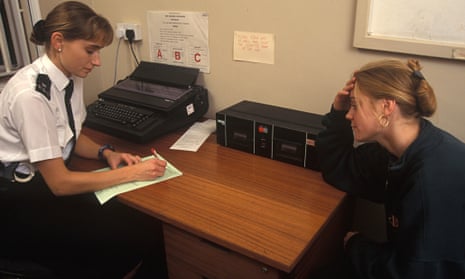So … in this era when so many people use the word “so” to begin so many of their sentences, one scholar has written three studies analysing what happens when people begin their sentences with the word. Galina Bolden’s first “so” study, in 2006, explains that sometimes people use the word as a way of “moving on with [a] conversation that has been temporarily stalled” (“So, how are you?”).
Her second “so” study, in 2008, is called “So What’s Up?”: Using the Discourse Marker So to Launch Conversational Business. Bolden, an associate professor of communication at Rutgers University in New Jersey, expands on the earlier idea. Yes, “so” is good for kickstarting a talk that has stalled. But it can also be a strategic weapon for launching a conversation directly at its intended target: “So, are you looking for a job?”
If you use “so” as a strategic response to a strategic “so” opening, explains Bolden, “it may suggest [your] understanding that both parties have equal rights”. If you are on the receiving end of a “so”-strategic phone call, you can use “so” to clarify the caller’s aims, or to redirect the conversation: “So, how are you making out in this nasty weather?”
Bolden’s third “so” study, in 2009, explores how people use “so” to bring a conversation back to some topic that was getting unfocused or overlooked. She calls this “emergence from incipiency”.
You might well think that Bolden is the first researcher to look so closely at “so”. But not so. Bolden herself points out that in 1991, a researcher named Howe “appears to be the first one to notice the use of ‘so’ in topic initial utterances”.
Among those, like Howe, emboldened, pre-Bolden, to look at “so”, Alison Johnson commands attention for focusing on the “distinctive” ways police use “so” when interviewing certain kinds of witnesses and suspects. Johnson, a lecturer in linguistics and English literature at the University of Birmingham, had worked for several years as a constable in the West Midlands police prior to writing her 2002 study called So? … Pragmatic Implications of So-Prefaced Questions in Formal Police Interviews.
Johnson says child witnesses “may be unwilling and/or unable to produce large stretches of spontaneous narrative”. And so, the “so”-questions “construct, ‘scaffold’, support, arrange and rearrange the discourse into a narrative ...”: “So you said you were wearing boots; how did he take those off?” With adult suspects, a police “so”-question “marks the significance of a previous utterance in the developing narrative, producing weighted evidence”. “So when did you know it wasn’t that money?”
So, by skilful use of “so”, says Johnson, police interviewers “help to construct narrative sequence through interviewer turns. In this way, it is often the interviewer who tells the story”.
Johnson leaves for others the question: should police and courts rely on just “so” stories?

Comments (…)
Sign in or create your Guardian account to join the discussion